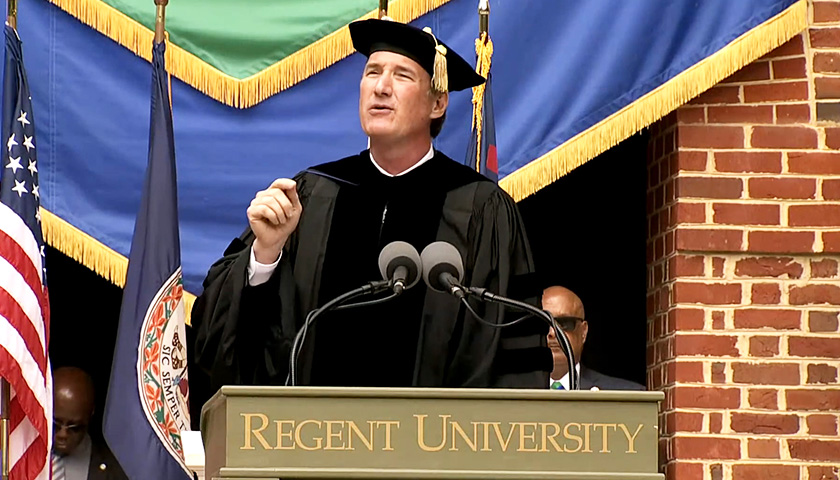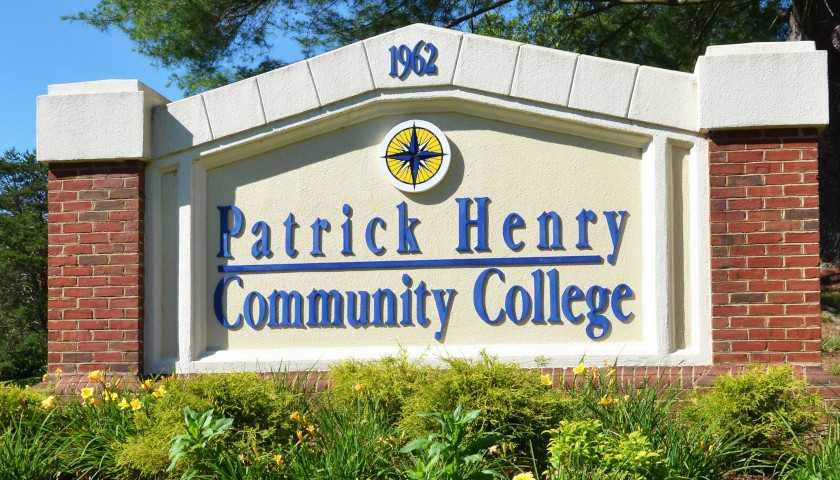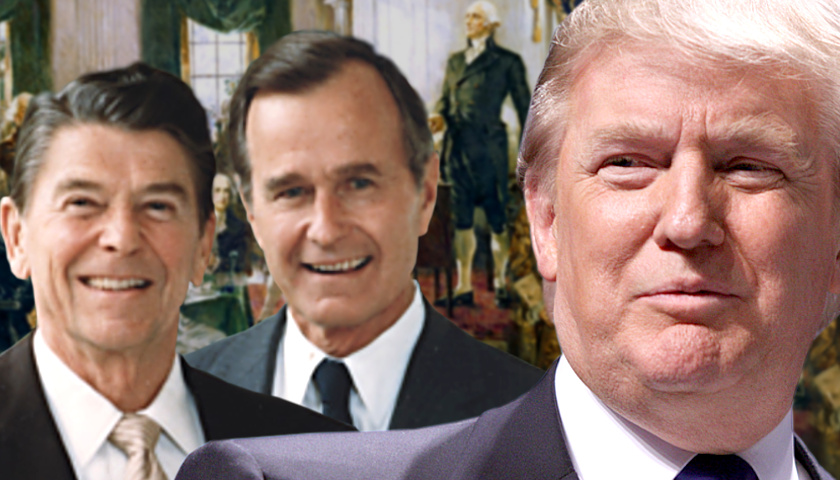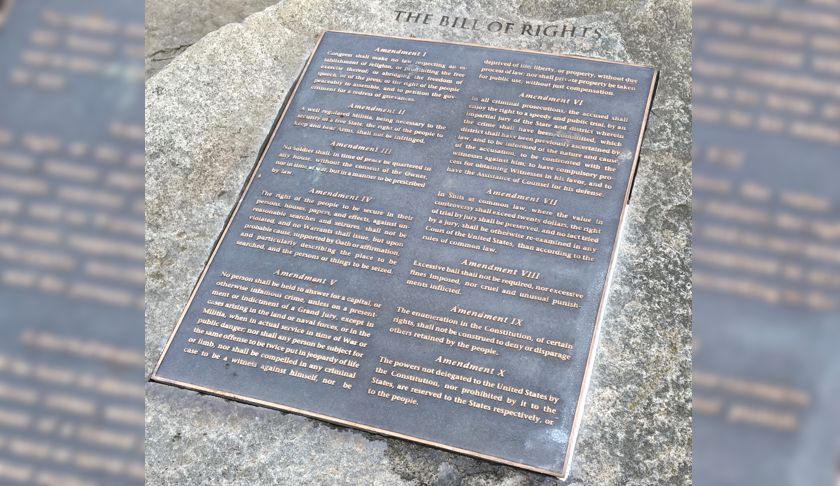In a commencement speech at Regent University, Governor Glenn Youngkin told graduates to follow two guides: mentors and a “compass that points us in the direction of core values that define us.” He told them that they were not called to comfort, and criticized conformity in academia.
“Sometimes we are called to speak up, to say unpopular things, to invite ridicule and scorn. If I could offer one critique of higher education today, and I mean this in the most global sense, it’s that there’s too much group-think, too much conformity to modern doctrine, too much intolerance that rears itself in the form of a canceled culture,” Youngkin said.
Read the full story




